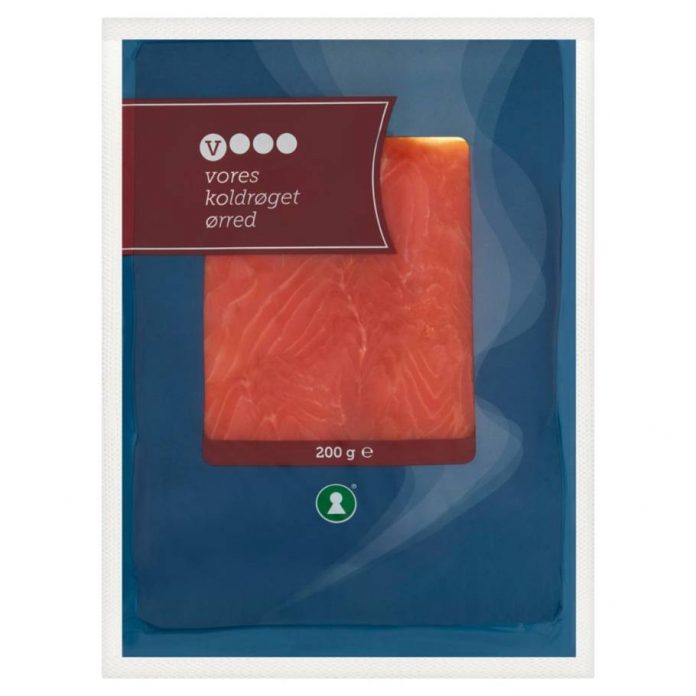In the face of accusations, supplier blames authorities. But Danish food detective work traced fish back to Estonia using DNA sequence-based subtyping.
Earlier today, SalmonBusiness reported that the Danish Veterinary and Food Administration (DVFA) had evidence that fish from Estonian producer M.V.Wool was responsible for a lethal outbreak of listeria.
40-570 CFU/g
In September 2018, samples from smoked trout from the Estonian producer was analyzed. The results showed 40-570 CFU/g in the “end of shelf life” product. A ready-to-eat product may not have more than 100 CFU/g at “end of shelf life”.
The subtyping sequencing (DNA) showed a match between Danish cases and the listeria monocytogenes type found in the samples from the smoked trout.
An official inspection at a Danish wholesaler in March 2019 was conducted and smoked trout and salmon from the Estonian producer M.V. Wool were sampled. Of 65 samples from 13 lots, a total of 49 positive samples for listeria monocytogenes were found, covering 12 different lots.
We knew
In a call to SalmonBusiness, Nikolas Kühn Hove Head of Crises Management at Ministry of Environment and Food of Denmark explained: “In this case we had this outbreak in 2016 and 2017 – at that point we had no match to food product on DNA levels – we knew that all the patients ate sold smoked salmon and which retail stores the bought this product from. Then in 2018, we had a sample, which gave us an indication of where to look. In late 2018 and here in 2019 new patients was reported and then we decided to have an official control at the wholesale. Which brought us to the decision, we are talking about today.”
Violation of temperature flow
SalmonBusiness put to M.V.Wool why dangerous levels of listeria had been found in their products. Hendrik Rajangu Assistant Purchasing Manager at M.V.Wool replied by email with the following: “We disagree with the Danish authorities findings. Our product specification says that the product has to be held in temperatures between °C to 4°C. The sample that SSI used for testing was held in temperature +5°C. That is a violation of our product certification. We have repeated samples from the same lot number. Where the test shows that the product contains less than 10 units of listeria.”
“So our opinion is that there has been a violation of temperature flow in Denmark,” added Rajangu.
Two essential parameters
However, Hove explained that: “The DVFA analyzed for two essential parameters (pH and aW) to limit the growth of listeria monocytogenes in the product. The results indicate that the growth of listeria monocytogenes in the product is possible. With this finding, Listeria Monocytogenes may not be found in the product. The criteria is then, that no listeria monocytogenes may be found in samples of 25g.
“The products are produced and frozen in Estonia and hereafter sent frozen to Denmark. At the Danish wholesaler, the products are thawed and relabeled and sold to Danish retail chains. The Danish wholesaler does not handle the products. In the official inspection, DVFA has not found problems with the handling of the products in Denmark.”

